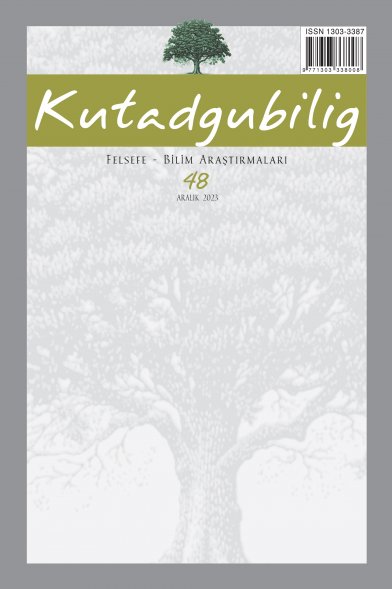Psikanaliz ve hayatın trajik anlamı
Psyhoanalysis and the tragic sense of life
___
Breuer and Freud. (1895). Studies on hysteria. S. E. (Standard Edition) 2.Freud, Sigmund. (1907). Delusions and dreams in Jensen's Gradiva. S.E. 12.
_____. (1912). The dynamics of transference. S. E. 12.
_____. (1914). Remembering, repeating, and working through. S.E. 12.
_____. (1915). Observations on transference-love. S. E. 12.
_____. (1916-1917). Introductory lectures on psychoanalysis. S.E. 15 & 16.
_____. (1917). Mourning and melancholia. S. E. 14.
Hopkins, G. M. (1880). Spring and fall: to a young child. In The Poems of Gerard Mauley Hopkins, ed. W. H. Gardner & N. H. MacKensie. London: Oxford University Pres, pp. 88f.
Jung, C. G. (1938). Psychology and Religion. New Haven: Yale University Press.
Keats, J. (1819). Ode on a Grecian Urn. In Selected Poems and Letters, ed. D. Bush. Cambridge, Mass.: Riverside Pres, pp. 207 f..
Ley da, J. (Ed.) (1951). The Melville Log. New York: Harcourt, Brace.
Loewald, H. W. (1960). On the therapeutic action of psychoanalysis. Inernational Journal of Pycho-analysis. 41: 16-33.
Mann, T. (1934). Joseph and His Brothers, trans. H.T. Lowe-Porter. New York: Alfred A. Knopf.
Muller, H. J. (1956). The Spirit of Tragedy. New York: Alfred A. Knopf.
Schafer, R. (1976). A New Language for Psychoanalysis. New Haven: Yale University Press.
Sewall, R, B. (1959). The Vision of Tragedy. New Haven: Yale University Press.
Singer, E. (1977). The fiction of analytic anonymity. In The Human Dimension of Psychoanalytic Practice, ed. K. A. Frank. New York: Grune & Stratton, pp. 181-192.
_____. (1978). Lecture given at the William Alanson White Institute.
Tillich, P. (1948a). Lecture given at Yale University. In R. Sewall, op.cit.(yukarıdaki kaynak).
_____. (1948b). The Protestant Era. Chicago: The University of Chicago Press.
Unamuno, M. de. (1912). The Tragic Sense of Life, trans. J. E. Crawford Flitch. New York: Dover Publications, 1954.
Wolstein, B. (1981). Psychic realism of psychoanalytic inquiry. In Contemporary Psychoanalysis. 17: pp.399-412.
- ISSN: 1303-3387
- Yayın Aralığı: 2
- Başlangıç: 2002
- Yayıncı: Dergah Yayınları A.Ş.
David Hume ' da tümevarım' ın imkanları
Psikanaliz ve hayatın trajik anlamı
L.Richard RUBENS, Mehmet ATALAY
Epicurusçu felsefede özgürlük ve mutluluk anlayışı üzerine
Creation and the incarnation in Athanasius ' s doctrine of salvation
Felsefeden siyasete : Rasyonel,Empirist ve pozitivist felsefelerin siyasal yansımaları
Jacques Derrida-Jean Luc Marion karşılaşması ve "Armağanın mantığı"
Athanasius ' un kurtuluş doktirininde yaratılış ve inkarnasyon ' un yeri
Holyoke dağı' nın Ağrı Dağı topraklarına etkisi
